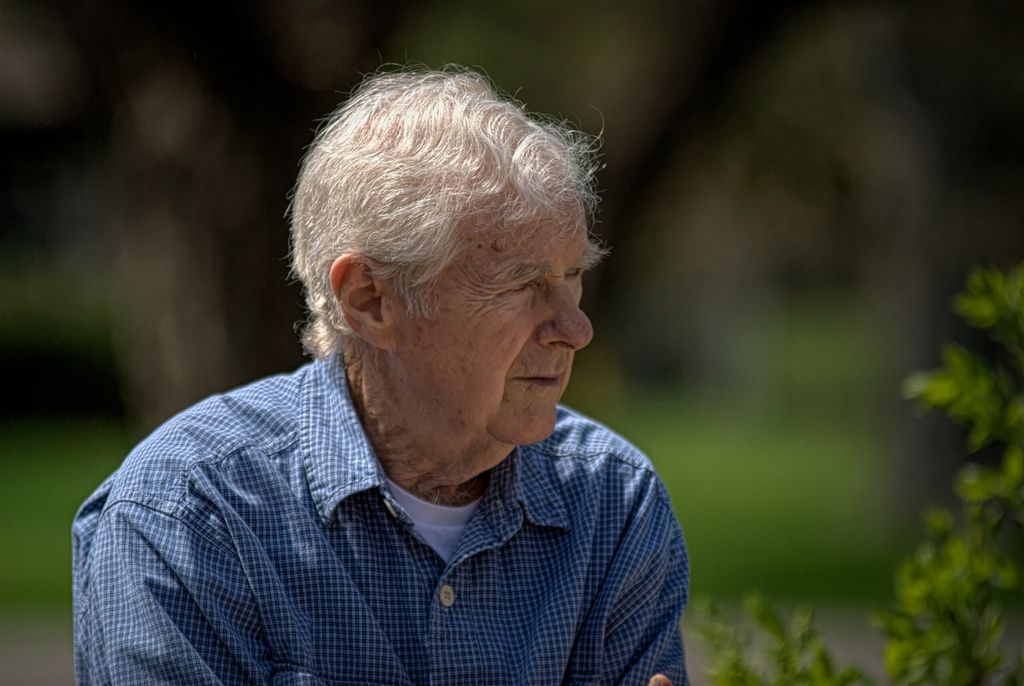

Robert Alfred Drew
June 8, 1929 — March 6, 2018
Indianapolis, Indiana
Robert Alfred Drew of Indianapolis, died on March 6, 2018, in Indianapolis, Indiana, after being diagnosed with esophageal cancer in January. A Memorial Service and Celebration of Life will be held on:
Sunday, September 2, 2018,
1:00 PM to 3:00 PM, Eastern Standard Time
Flanner Buchanan Funeral Home
10722 E. Washington Street
Indianapolis, IN 46229
(317) 899-7115
Instead of flowers, the family asks that you please contribute to granddaughter Colleen Drew McColley’s cancer medical fund (https://www.gofundme.com/p24rw5-drews-medical-fund).
Robert is survived by Vivian Kelby (sister), Rad A. Drew (son) and wife, Nancy Lee, Russell Drew (grandson) and Brad Lee (step-grandson); Becky Drew McColley (daughter) and husband Joe McColley, Katherine McColley Doucette (granddaughter) and Mark Doucette (grandson-in-law), and Colleen Drew McColley (granddaughter); Colleen Drew Couper (daughter), Emily Couper Nelson (granddaughter) and Jake Nelson, (grandson-in-law) and Drew Couper (grandson); and Ruth Drew Presutti (daughter) and Jacob Presutti (grandson).
Bob graduated from Crown Point High School and attended Indiana State University before joining and serving in the army from 1952 to 1954. He met his wife, Shirley, in 1950, married in December 1952, and Shirley followed him to Fairbanks, Alaska, where he was stationed at Ladd Air Force base during the Korean War. He acquired his undergraduate teaching degree from Indiana State University and later completed his Masters of Education from the University of Cincinnati, in Cincinnati, Ohio.
Bob’s physical decline really began after Shirley died in July 2017. Married just shy of 65 years, Bob missed Shirley terribly after her death.
For those who knew Bob, you will likely remember him as a prolific woodworker, a teacher, and a gregarious story teller. He is remembered for those things, but is also remembered as a force of nature, determined to live life on his own terms.
He was born and spent the first 10 years of his life on Chicago’s south side. He described it as a rough place that he never really liked all that much, but he enjoyed the time he spent roaming the south side neighborhood with his blind grandfather, Otho Drew. Together, they would walk the streets, his grandpa always knowing, by either his step count or the sound of the sidewalk beneath his feet, where he was. He taught Bob to use his hands to cane chairs and make baskets, and through the stories Otho relayed of his youth as a fur trapper along Lake Michigan, he planted a seed of curiosity in Bob about trapping. Both skills — working with his hands and trapping – would play a major role in Bob’s life.
When he was about 9 he went to a YMCA summer camp where he helped pay his way by teaching other campers how to weave baskets. The camp was in a relatively wild and forested area outside of the city. It was Bob’s first glimpse of the country and he loved it! To hear him tell it, he pestered his parents until they relented and moved the family out of the city to rural Crown Point, Indiana, in about 1939. This was toward the end of the Great Depression, and at the dawn of WWII, so resources were scarce. It didn’t take Bob long to learn to hunt and trap, a somewhat perplexing accomplishment, since his own father did neither. He learned the art and skill of trapping and hunting from boys he met at school, nearby farmers, and an old German neighbor who purchased his pelts.
For the next six or seven years, Bob trapped and hunted in the game-rich areas around his family’s rural home. To entertain his kids later in life, he told countless stories about his adventures hunting and trapping in Beaver Dam Marsh. His mother, Lucille, was happy to have the food for the dinner table and proclaimed that she would cook any game he brought home and she did. By the time he was 15, Bob was running a 13-mile trap line, half in the morning after chores and before school, and the other half in the evening, after school and before chores. He was always accompanied by a beloved dog or two, and his stories always included Queeney, his Saint Barnard, Val, Sally, Pooch, Duke, Duchess, and many, many more. The dogs were not only his companions, but his assistants on the hunt. When the snow was too deep for him to easily find his traps, Queeney would find them for him and stick her nose in the snow above the trap to mark its location!
Bob first began to work with wood out of necessity around the family farm. He built rabbit hutches, and a kayak that he used to navigate Beaver Dam Marsh to hunt and run his trap line. By the time he got to high school, he had carpentry skills and was drawn to drafting and wood working. Upon graduation from high school, Bob was encouraged by his teacher, Dr. Lester Hale, who saw both his woodworking skill and his promise as a teacher, to attend college – something no one in his family had done. Bob attended Indiana State University for a time, then enlisted in the army in 1952. It was about 1950 when he met Shirley, and after they were married in December of 1952, she joined him in Fairbanks, Alaska. Being in Alaska, was a dream for Bob. While other soldiers felt as though they’d been exiled to Siberia, he was in a winter wonderland so game-rich and exciting that every day was an adventure. Hunting, hiking, fishing, panning for gold, watching the Iditarod – all were a part of his experience. Their first child was born there in 1953 and the family treasures the stories about that time in Alaska that Bob and Shirley shared over the years.
After the Army, Bob took advantage of the G.I. Bill to complete his undergraduate degree at Indiana State University in Terre Haute, Indiana. Armed with his teaching certificate, he embarked on a 20+ year teaching career, 20 years of which were spent in Lawrenceburg, Indiana, where he and Shirley raised their family of one son and three daughters.
While teaching vocational machine shop in Lawrenceburg, Bob built the most advanced high school vocational machine shop in the state of Indiana, and by establishing relationships with industry in Lawrenceburg, Aurora, Batesville, and Cincinnati, he acquired real-world projects for his students to do for these neighboring companies. When his students graduated, many were placed directly into good-paying jobs right out of high school, already familiar with the type of machine work their job required.
Bob left teaching in the late 1970’s for a brief stint as a maintenance supervisor in a hospital in Zanesville, Ohio. He did well there, but it was not really what he wanted to do. He and Shirley eventually landed in Indianapolis, where Bob got his dream job working at the living museum, Conner Prairie. He served as both the restorator of antiques, and played the role of Dan McClure, the village carpenter in the 1836 living museum village.
By the time Bob applied for the Conner Prairie job, he had more than 20 years of teaching experience and a Master’s Degree in Education. The job at Conner Prairie was a modest paying job that didn’t require a deep resume. Believing that he would be seen as overqualified for the job he wanted, he omitted details of his work history and education from his resume. He was hired and worked at Conner Prairie for the next 15 years, during which time he created many buildings, furnishings, and tools, all made in the same way and with the same tools that a carpenter would have used in 1836. In the 1990s, he built a giant treadle wood lathe – a replica of one used before or around 1836 – that is still being used in the Conner Prairie Village today.
The job at Conner Prairie for him was the culmination of a lifetime of appreciating, rebuilding, and repairing antiques of all kinds. It was during this time that he became serious about his antique tool collection and always liked to tell people that he measured his collection in “tons,” which probably wasn’t too much of a “stretcher.”
Bob always told his kids and his students, “If you don’t like your job, get out!” When he left the hospital job he didn’t like much in Zanesville, for the much lower paying job that he really wanted, he showed how serious he was about his need to like his work. No amount of money could make him stay in a job he didn’t enjoy, and he was willing to earn less to do what he loved.
Since retiring from Conner Prairie in the late 1990s, Bob continued to create in wood. He left behind countless tables, cabinets, chairs, shelves, cutting boards, muzzle loading rifles, hope chests, boxes, kitchen knives retooled with deer antler handles, and countless other pieces that are works of art and are enjoyed every day by the family and friends with whom he left them.
Service Schedule
Past Services
Celebration of Life Gathering
Flanner Buchanan- Washington Park East
Guestbook
This site is protected by reCAPTCHA and the
Google Privacy Policy and Terms of Service apply.
Service map data © OpenStreetMap contributors


